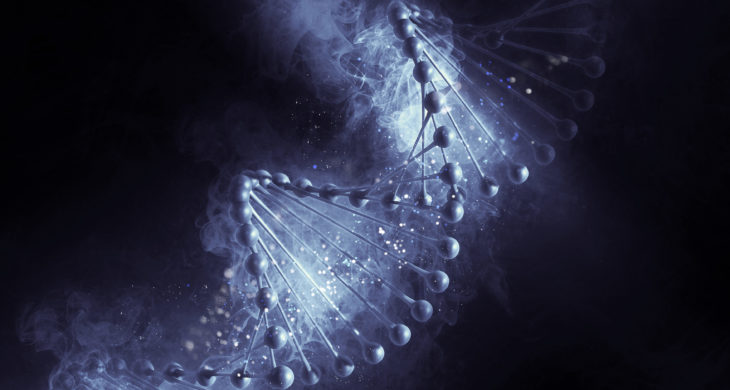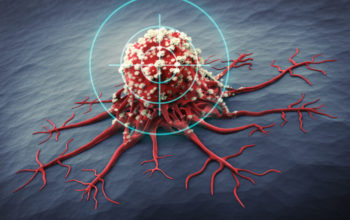
Date: 22nd February 2019
Forming the basis of almost all life on Earth, the role of DNA – consisting of four naturally occurring nucleotide bases – is to store and pass on genetic information.
However, scientists in the US have now chemically synthesised four new synthetic bases (P, B, Z, S) that are able to form base pairs with their naturally-occurring base complements to form Hachimoji DNA (Japanese for 8 letters), a synthetic DNA which reportedly meets fundamental structural and functional criteria for encoding life; including the ability to replicate via an engineered T7 polymerase. Whilst this synthetic genome cannot yet support life outside the lab; is not self-sustaining and requires lab-created molecules, it forms a novel platform from which to interrogate what is needed structurally and functionally for genetic information to be successfully utilised in biological systems.
Indeed, this research is not likely not to stop here and myriad possibilities are in waiting with synthetic systems and novel drugs. The notion of signature barcodes or information storage systems is also an attractive one. With 8 bases instead of 4, this DNA, amid ambitions of utilising genetic code for information storage, represents a potentially information-rich storage molecule of the future.
Hoshika, S., N. A. Leal, M.-J. Kim, M.-S. Kim, N. B. Karalkar, H.-J. Kim, A. M. Bates, N. E. Watkins, H. A. SantaLucia, A. J. Meyer, S. DasGupta, J. A. Piccirilli, A. D. Ellington, J. SantaLucia, M. M. Georgiadis and S. A. Benner (2019). “Hachimoji DNA and RNA: A genetic system with eight building blocks.” Science 363(6429): 884-887.
https://doi.org/10.1126/science.aat0971


